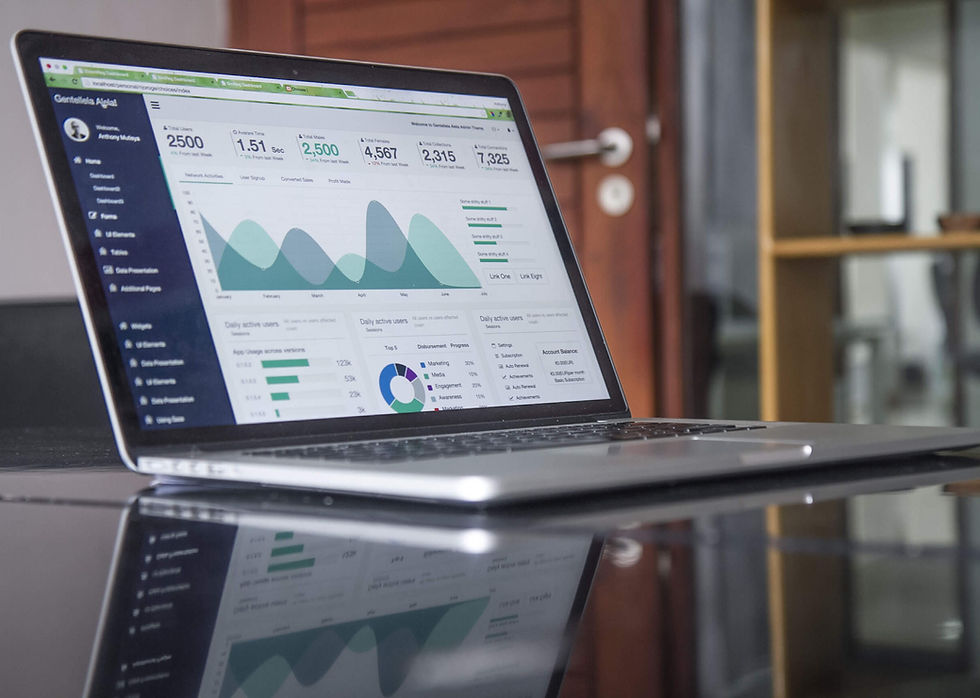
The commercial real estate (CRE) industry is a dynamic and competitive space. To navigate this terrain and secure profitable investments, a comprehensive understanding of market trends and economic indicators is crucial. At the heart of this understanding lies effective data analysis. Through meticulous scrutiny of property sales, rental rates, market growth rates, and broader economic factors, we are empowered to make well-informed investment decisions.
Data Analysis in Real Estate
Data analysis in real estate involves gathering, organizing, and examining data to uncover trends and patterns that can guide decision-making. This process often involves statistical techniques, predictive modeling, and even machine learning algorithms.
Such analysis aims to provide insights into market dynamics, property valuations, rental rates, and demographic trends, among other factors. The insights derived can help investors identify promising investment opportunities, assess risks, and make strategic decisions.
Comparing Property Sales and Rents
One of the most effective ways to gauge the value of a commercial property is to compare it to similar properties that have recently been sold or rented in the same area. This process, often termed 'comparable' or 'comps,' helps determine a property's market value.
For sales comparisons, we consider factors like property size, location, condition, age, and features. For rental comps, we examine rental rates, lease terms, tenant improvements, and any additional amenities or services provided.
By analyzing these comps, we can establish a baseline for pricing, negotiate more effectively, and anticipate potential investment returns.
Analyzing Market Growth Rate
Understanding the growth rate of a specific real estate market can indicate potential opportunities for capital appreciation. A region showing strong growth is likely to attract more businesses and residents, which could drive up property values and rental rates.
Data points to consider when assessing market growth include population growth, employment rates, business activity, and infrastructure development. Analyzing these factors over time can help identify trending growth areas and make predictions about future performance.
Examining Key Economic Factors
The broader economic climate significantly impacts real estate markets. High employment rates, for instance, can indicate a robust economy, likely to spur demand for commercial real estate. Conversely, a recession could result in reduced demand.
Other important economic indicators include interest rates, inflation rates, and GDP growth. Interest rates, for example, affect the cost of borrowing, which in turn influences property prices and investment demand. Therefore, understanding these economic factors can inform investment timing and strategy.
Utilizing the Information
Once we've compiled and analyzed these data, we can use the insights to guide our investment strategy. For instance, strong rental comps combined with a high market growth rate might indicate a promising opportunity for a buy-and-hold rental property. Conversely, low market growth combined with negative economic indicators might suggest a higher risk scenario, indicating a need for caution.
In conclusion, robust data analysis is an essential tool for navigating the commercial real estate landscape. By comparing property sales and rents, analyzing market growth rates, and examining key economic indicators, we can make well-informed, strategic investment decisions. As always, our goal is to empower our clients with knowledge, to help them make the best decisions for their unique investment goals.